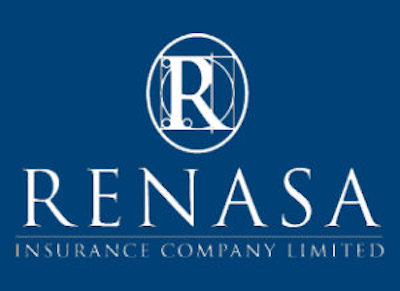

By: Donald Dinnie, Director, Norton Rose Fulbright South Africa Inc
Many policies, including business interruption and civil authority cover requires direct physical loss or damage to property or nearby property for cover to apply.
Civil authority policies cover losses caused by government restrictions, and would usually require that the government restriction stems from direct physical loss or damage to nearby property.
Whether and for how long COVID-19 contaminates property and whether it causes physical damage is a scientific debate that is relevant to insurance policies.
If an infected person enters an insured property the question will be whether that results in a contamination of the property itself and whether that contamination is damage to the property. It is currently unclear for how long COVID-19 can survive on surfaces or materials. One study suggests that it can survive on cardboard for a day and on plastic and stainless steel for up to 72 hours.
Insureds who seek to claim under the traditional business interruption section may well need to produce a scientific report confirming the presence of coronavirus. The presence of a person infected with COVID-19 within a radius may not be enough to establish the presence of the virus on the property itself.
In United Airlines Inc v Insurance Co of the State of Pennsylvania 439 F.3d 128 (2006) the court confirmed that United Airlines had no claim for loss of earnings due to the national disruption of flight service after 9/11 because the facilities at Ronald Reagan National Airport were not damaged by the attack on the Pentagon.
There will also be a debate whether loss of functionality of a property constitutes physical loss or damage.
It is unlikely, however, that the mere threat of COVID-19 contamination would be sufficient to meet the direct physical loss requirement. See in that regard the discussion of Pilkington v CGU Insurance [2004] EWCA Civ 23 and the interpretation of an EAR policy’s defect inclusion clause.
In Port Authority of New York v Affiliated FM Insurance 311 F.3d 266 (2002) a U.S. appeal court held that a claim for physical loss or damage requires a distinct and physical alteration on the relevant structure.
The English Court of Appeal in Blue Circle Industries PLC v The Ministry of Defence [1988] EWCA Civ 945 required that for there to be damage there must be “some alteration to the physical characteristics of the property rendering it less valuable”.
The New South Wales Court of Appeal in Transfield Constructions v Gio Australia Holdings (1997) 9 ANZ 61-336 dealt with a claim for the cleaning of blocked fumigation pipes and the repair of silo screens. As a result of the defective design, grain had blocked the pipes. The court said that the risk insured against was physical loss or damage. The blockage of the pipes by the grain so that the fumigants were unable to escape from the pipes into the silos did not constitute physical loss or damage. No pipes were lost, destroyed or damaged. The court disagreed with the submission that because the pipes were rendered useless that constituted physical damage within the meaning of the policy. In a certain context, loss of usefulness might amount to damage but it cannot amount to physical damage. Functional utilities differ from physical damage.
Recently a group of Chicago movie theatre and restaurant owners are claiming against their insurer alleging that the policy should respond to COVID-19 related closures because coronavirus is a “physical loss” (Big Onion Tavern Group, LLC et al v. Society Insurance, Inc. Court: Illinois Northern District Court Case Number: 1:20-cv-02005, filed on 27 March 2020). Those business owners argue that Illinois courts have held that the presence of a dangerous substance in a property constitutes a physical loss under insurance policies. If the insurers wanted to exclude pandemic-related losses, that could easily have been done through an express exclusion. The policies include “civil authority” coverage, where the insurer promises to pay for the loss of income and other expenses the companies sustain as a result of the authorities preventing access to the premises. That, the insureds allege, includes COVID-19 shutdown orders.
In Lillicrap Wassenaar & Partners v Pilkington Brothers 1985 (1) SA 475 (A) and Trustees for the Time Being of Two Oceans Aquarium Trust v Kantey & Templer [2007] 1 All SA 240 (SCA) the South African Supreme Court of Appeal, considering issues of pure economic loss, found that the relevant construction errors rendered the plant unusable or less suitable for their purpose because of inherent defects but that this did not amount to physical damage to the plant.
Successfully claiming for a coronavirus related loss under the usual business interruption section wording will prove to be a challenge.
Extensions to the cover, including infectious diseases extensions, will need to be considered on a case by case basis with reference to the facts of each claim and the policy wording, bearing in mind that the principles of indemnity insurance (of which business interruption cover forms a part) requires the insured to bring itself within the four corners of the policy, establishing on the probabilities that the loss claimed falls to be indemnified by a covered proximate cause.



